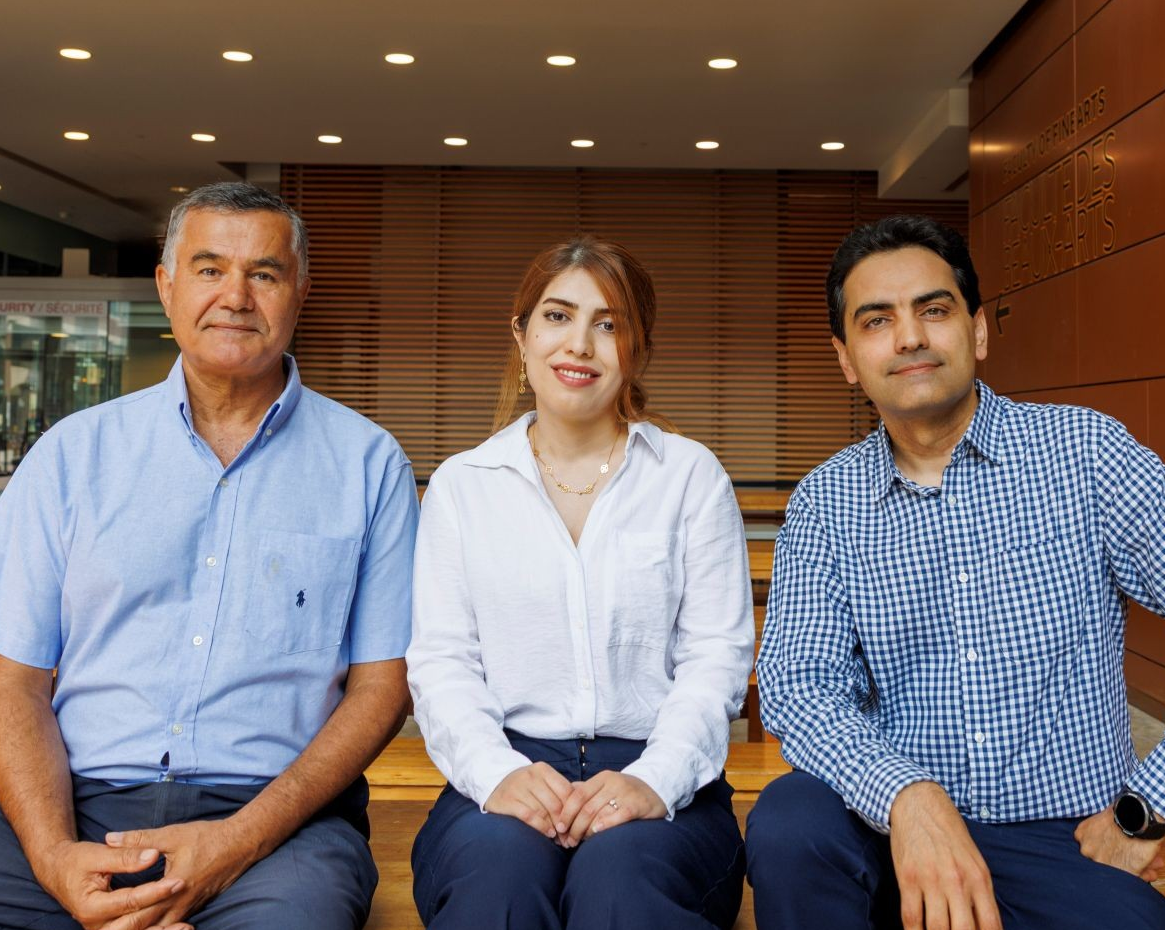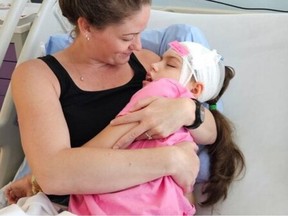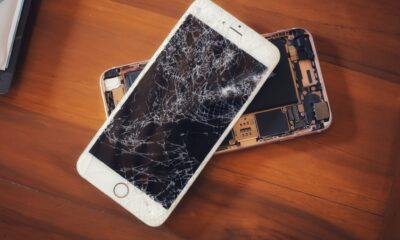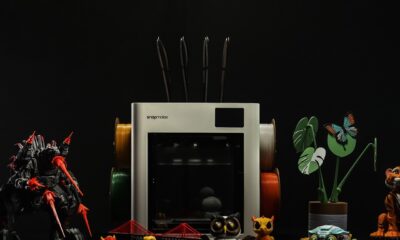Science
Concordia Researchers Develop Rapid Method to Trace Disease Spread

Researchers at Concordia University have introduced an innovative method for tracking the spread of disease-causing particles, known as pathogens, within indoor environments. This new approach aims to enhance the management of infectious disease outbreaks, including those similar to COVID-19. The study detailing this method is published in the journal Building and Environment.
The technique employs real-time camera and sensor monitoring, combined with algorithmic modeling, to evaluate infection risk levels in various settings. By continuously tracking infected individuals and their surroundings, the system can optimize ventilation systems to improve air flow and minimize the risk of pathogen transmission.
In discussing the significance of the research, Zeinab Deldoost, the study’s lead author and PhD candidate, noted, “Our novel method greatly reduces the simulation time found in other studies, giving us a better estimation of whether a location that has been exposed to pathogens still poses a risk.” Unlike traditional models that typically analyze short durations of airborne spread, often lasting under a minute, this method extends the simulation time, allowing for a comprehensive assessment of pathogen dispersal.
Innovative Monitoring of Airflow and Pathogen Spread
Co-author Fariborz Haghighat, a professor at the Department of Building, Civil and Environmental Engineering at the Gina Cody School of Engineering and Computer Science, emphasized the practical applications of the new system. “If we know a person is sick, then this system helps us monitor them and find out the dimensional dispersion of the pathogen around them,” he stated. The model facilitates the tracking of infected individuals and helps estimate who may have been in contact with them.
Key to the model’s efficiency is its streamlined approach to airflow calculations. Instead of assessing how a person’s movement affects airflow, it treats the individual as a massless emission source. This simplification allows for consistent measures of airflow and a detailed study of pathogen dispersal from moving sources.
The researchers validated their model by demonstrating that a person’s physical presence only briefly disrupts airflow. After an individual exits a room, airflow typically normalizes within approximately 40 seconds, with disturbances extending only about one meter from their path. Consequently, the model suggests that the impact on pathogen dispersal over larger areas and extended periods is minimal.
This advanced technique enables the simulation of one second of particle dispersion in just 3.8 seconds using a standard laptop. The efficiency of this system is particularly advantageous for complex environments, such as hospitals, where dynamic occupancy can significantly influence infection control measures.
Potential for Future Applications and AI Integration
Co-author Fuzhan Nasiri, also a professor in the same department, expressed optimism about the system’s potential for broader applications. “If we could use this simulation over an extended period under different scenarios, we could generate enough data to represent different patterns with respect to movement and dispersion,” he remarked. This extensive data set could ultimately train AI systems, allowing future users to avoid running complete simulations while still achieving reliable results.
The research received support from the Natural Sciences and Engineering Research Council of Canada through a Discovery Research Grant. The findings not only advance the understanding of indoor pathogen transmission but also offer practical solutions for mitigating future outbreaks.
For further details, the article titled “Real-time analysis of pathogen dispersion patterns resulting from a moving infectious person” is available for review in the journal Building and Environment.
-

 Science3 months ago
Science3 months agoToyoake City Proposes Daily Two-Hour Smartphone Use Limit
-

 Top Stories3 months ago
Top Stories3 months agoPedestrian Fatally Injured in Esquimalt Collision on August 14
-

 Health3 months ago
Health3 months agoB.C. Review Reveals Urgent Need for Rare-Disease Drug Reforms
-

 Technology3 months ago
Technology3 months agoDark Adventure Game “Bye Sweet Carole” Set for October Release
-

 World3 months ago
World3 months agoJimmy Lai’s Defense Challenges Charges Under National Security Law
-

 Lifestyle3 months ago
Lifestyle3 months agoVictoria’s Pop-Up Shop Shines Light on B.C.’s Wolf Cull
-

 Technology3 months ago
Technology3 months agoKonami Revives Iconic Metal Gear Solid Delta Ahead of Release
-

 Technology3 months ago
Technology3 months agoApple Expands Self-Service Repair Program to Canada
-

 Technology3 months ago
Technology3 months agoSnapmaker U1 Color 3D Printer Redefines Speed and Sustainability
-

 Technology3 months ago
Technology3 months agoAION Folding Knife: Redefining EDC Design with Premium Materials
-

 Business3 months ago
Business3 months agoGordon Murray Automotive Unveils S1 LM and Le Mans GTR at Monterey
-

 Technology3 months ago
Technology3 months agoSolve Today’s Wordle Challenge: Hints and Answer for August 19









